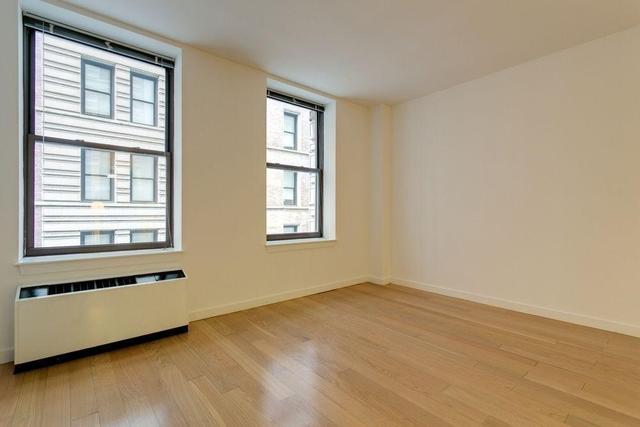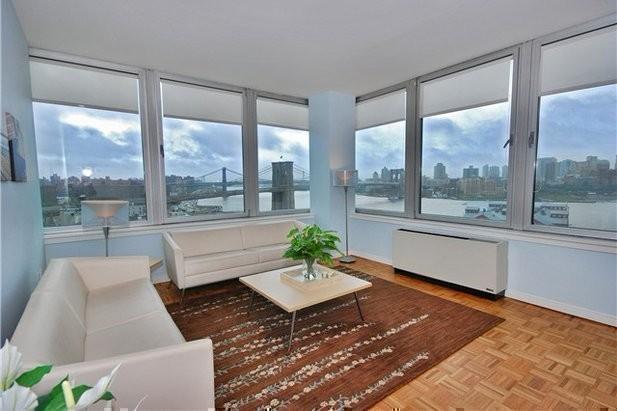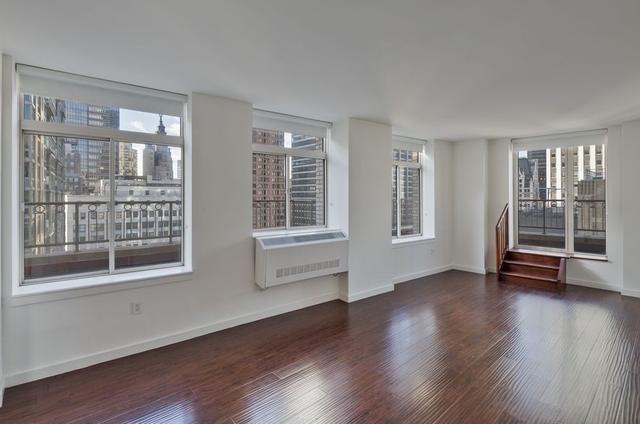
Exploring Tiny House Communities
By: ROS Team
In recent years, the rise of tiny house living has disrupted the conventional idea of homeownership, sparking a movement towards sustainable and minimalist lifestyles. What makes this movement truly captivating is the emergence of tiny house communities.
These communities consist of closely-knit clusters of compact dwellings that not only promote a strong sense of community but also uphold shared values and a dedication to sustainable living.
In this article, we’ll delve into the world of tiny house communities, exploring their unique features, benefits, and the challenges they face.
What Are Tiny House Communities?
Tiny house communities are planned or unplanned settlements where individuals or families live in compact dwellings, typically ranging from 100 to 400 square feet in size. These communities may consist of permanent or temporary structures, often featuring communal spaces, gardens, and shared amenities.
The primary goal is to create a close-knit, supportive environment that encourages a simpler and more sustainable way of life.

Features of Tiny House Communities
1. Shared Spaces:
Many tiny house communities emphasize the importance of communal living by providing shared spaces such as kitchens, gardens, and recreational areas. These spaces foster a sense of unity among residents and encourage social interaction.
2. Sustainability:
A key principle of tiny house living is sustainability, and many communities prioritize eco-friendly practices. This includes the use of renewable energy sources, water conservation measures, and the promotion of a low-carbon lifestyle.
3. Cost-Effective Living:
Tiny houses are often more affordable than traditional homes, and living in a tiny house community can further reduce costs. Shared utilities, maintenance responsibilities, and other communal aspects contribute to a more economical way of life.
4. Community Support:
Tiny house communities promote a strong sense of community support. Residents often share similar values, including a commitment to environmental conservation, simplicity, and a desire for meaningful connections with their neighbors.
Benefits of Tiny Homes Community
Reduced Environmental Impact:
The smaller footprint of tiny houses and the emphasis on sustainable practices contribute to a significantly lower environmental impact compared to larger, traditional homes.
Financial Freedom:
Living in a tiny house community allows residents to free themselves from the burden of hefty mortgages. This financial freedom can lead to a more relaxed and fulfilling lifestyle.
Minimalist Lifestyle:
Tiny house living encourages a minimalist lifestyle, prompting residents to focus on experiences and relationships rather than material possessions. This shift can lead to increased happiness and contentment.
Challenges of Tiny House Communities

Zoning and Legal Issues:
Many jurisdictions have zoning laws that restrict the construction of tiny houses. Navigating these legal challenges can be a significant hurdle for those looking to establish or join a tiny house community.
Infrastructure and Utilities:
Developing the necessary infrastructure for a tiny house community, including water, electricity, and sewage systems, can be logistically challenging and costly.
Social Dynamics:
While many residents value the close-knit community atmosphere, conflicts can arise due to differences in lifestyle preferences, personalities, or expectations. Effective communication and conflict resolution skills are essential for maintaining a harmonious environment.
Types of Tiny House Communities
Here are some types of tiny house communities:
1) Ecovillages
Ecovillages are intentional communities that prioritize ecological sustainability and social harmony. Tiny house ecovillages focus on minimizing environmental impact, often incorporating permaculture principles, renewable energy sources, and communal farming.
2) Co-Housing Communities
Co-housing communities bring together individuals or families who want to live independently but value a strong sense of community. In these communities, residents have their own private tiny houses but share common spaces, such as kitchens, gardens, and recreational areas.
3) Mobile Tiny House Communities
Mobile tiny house communities embrace the nomadic lifestyle, allowing residents to travel and explore different locations. These communities often feature tiny houses on wheels, providing flexibility and the opportunity to experience various environments.
Why Should I Join a Tiny House Community?

Joining a tiny house community offers:
Community Support: Benefit from a close-knit, supportive environment with like-minded individuals sharing similar values.
Sustainability: Embrace a more eco-friendly lifestyle with a focus on sustainable practices and a smaller environmental footprint.
Financial Freedom: Enjoy cost-effective living, as tiny houses are often more affordable, and shared resources contribute to economic savings.
Minimalist Lifestyle: Foster a minimalist lifestyle, prioritizing experiences and relationships over material possessions for increased happiness and contentment.
Diverse Options: Choose from various types of communities, such as ecovillages, co-housing setups, mobile communities, and more, catering to different preferences and lifestyles.
US Areas With the Most Tiny Homes Community
The following U.S. areas have the most tiny home communities:
- Oregon
- California
- Ohio
- North Carolina
- Florida
Top Tiny House Communities in the US
1) Tiny Tranquility in Waldport, Oregon
This community is located on the Oregon Coast and offers stunning views of the Pacific Ocean. Residents have access to a shared community center, kitchen, and laundry facilities. There are also walking trails, a dog park, and greenhouse spaces on site.
2) Cedar Springs Tiny Village in New Paris, Ohio
This community proudly stands as Ohio’s inaugural tiny living haven. Nestled amidst nature’s splendor, this charming community offers everything you need. Picture-perfect lakefront views, shady cedar trees, and eco-friendly initiatives like a recycling program.
Take a stroll along the inviting walking paths, or unwind at the local gem, “The Cedar,” a cozy coffee shop and wine bar right within New Paris.
3) Acony Bell Tiny Home Community in Mills River, North Carolina
Acony Bell Tiny Home Community in Mills River, North Carolina, is another special tiny home community nestled in the heart of the Blue Ridge Mountains. Spread across more than 50 acres, the community offers a picturesque setting with two bold creeks and breathtaking mountain views.
4) LuxTiny in Lakeside, Arizona
LuxTiny in Lakeside, Arizona, proudly stands as the state’s inaugural tiny home community. Spanning 6 acres, the community comprises 37 spaces, complemented by a scenic walking path adorned with inviting benches.
Positioned just minutes away from Scott’s Reservoir, Rainbow Lake, and Show Low Lake, LuxTiny offers residents easy access to nature’s serenity.
5) Tiny House Block in Mount Laguna, California
Established in 2008, Tiny House Block in Mount Laguna, California, is a haven for nature enthusiasts. Devoted to fostering connections with the breathtaking mountains and the simplicity of minimalist living, the community thrives on genuine camaraderie.
Whether you seek a brief one-day refuge during your Pacific Crest Trail hike, a permanent abode, or a second home, Tiny House Block welcomes you with open arms and a commitment to a warm and supportive community.
Tiny House Communities: Takeaway
If you are interested in learning more about tiny house communities, there are many resources available online and in libraries. You can also contact your local tiny house community to schedule a tour or ask questions.
Related Article:








